The piston ring is an integral part of any internal combustion engine. Despite being a small component, its role is vital for ensuring optimal engine performance and longevity. Piston rings perform several important functions, including sealing the combustion chamber, regulating oil consumption, and helping to control heat. Understanding how piston rings work and their significance in engine operation can provide valuable insights, whether you are a car enthusiast or simply curious about automotive mechanics. In this article, we will delve into the types of piston rings, their functions, factors affecting their performance, and best practices for maintenance. By the end, you will appreciate the crucial role piston rings play in engine performance.
What Are Piston Rings?
Definition and Composition
Piston rings are essentially metal rings that fit into grooves on the piston of an engine. Manufacturers typically make these rings from cast iron or other engineered materials, designing them to withstand harsh operating conditions. Mechanics fit these rings tightly against the cylinder walls of the engine.
The primary purpose of piston rings is to create a seal between the piston and the cylinder walls. This seal is necessary to maintain pressure during the combustion process. Without proper sealing, combustion gases would escape, leading to a loss of power and efficiency.
Types of Piston Rings
Piston rings are generally categorized into three types: compression rings, oil control rings, and scraper rings. Each type serves a specific purpose in the engine’s operation.
- Compression Rings: These are located at the top of the piston. Their primary function is to seal the combustion chamber, preventing gases from escaping during combustion. Compression rings also help to transfer heat from the piston to the cylinder walls.
- Oil Control Rings: Situated below the compression rings, oil control rings are designed to manage oil consumption. They scrape excess oil from the cylinder walls and direct it back into the crankcase. This function helps to minimize oil consumption while ensuring adequate lubrication.
- Scraper Rings: These rings are designed to scrape oil off the cylinder walls. They work in conjunction with oil control rings to ensure that the piston operates efficiently within the cylinder. Scraper rings can be found in select engine designs where additional oil management is needed.
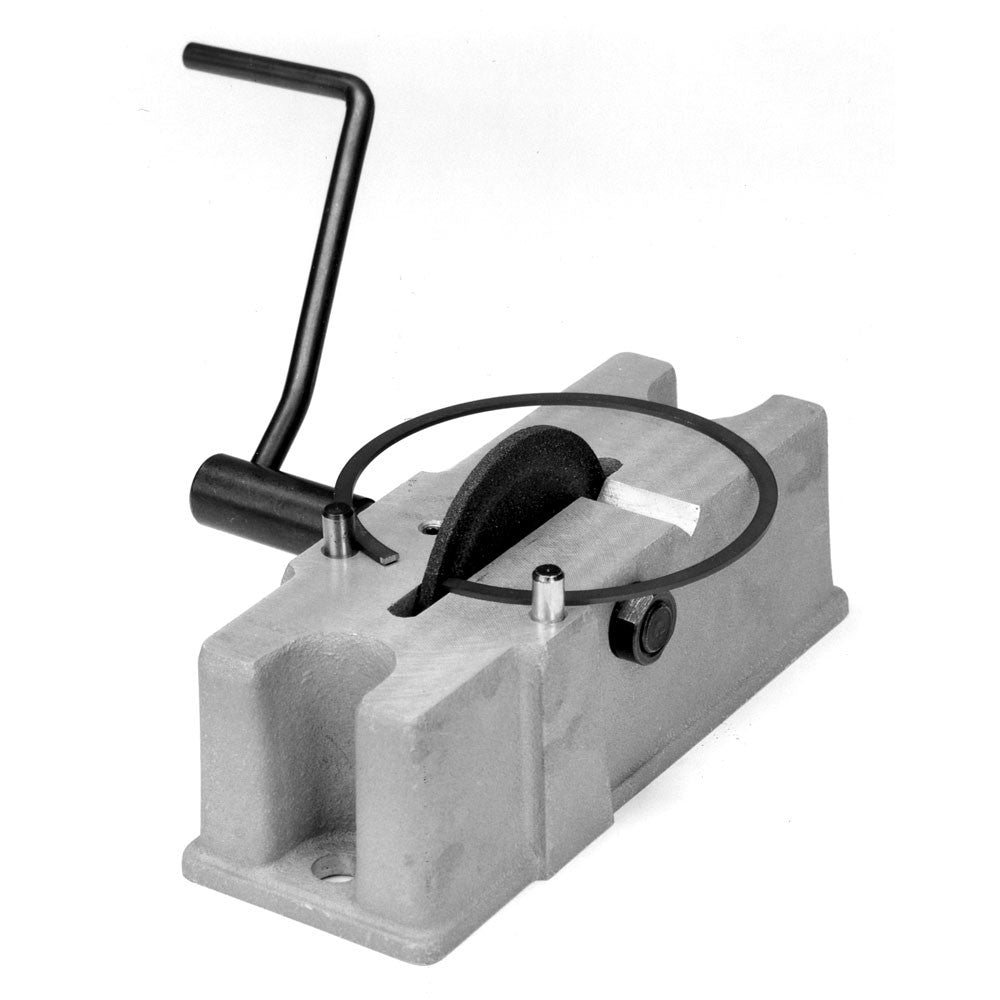
How Piston Affect Engine Performance
Pressure Regulation
Piston rings play a significant role in regulating pressure within the combustion chamber. When fuel and air are ignited within the cylinder, a controlled explosion occurs, generating significant pressure. The compression rings maintain this pressure by forming a seal that prevents gases from escaping.
If the piston rings are worn or damaged, leakage can occur. This leakage leads to a decrease in compression and, ultimately, a loss of engine power. Ensuring that piston rings are in good condition is essential for maintaining optimal engine performance.
Oil Consumption Management
Managing oil consumption is another critical responsibility of piston rings. The oil control rings are specifically designed to regulate the oil that coats the cylinder walls. This regulation minimizes the amount of oil that enters the combustion chamber while ensuring proper lubrication of the engine components.
Excessive oil consumption can lead to increased emissions and higher costs for the owner. If piston rings wear down or lose their sealing capability, oil can seep into the combustion chamber, leading to oil burning and increased smoke from the exhaust. Properly functioning piston rings thus help to maintain efficient oil consumption and reduce harmful emissions.
Heat Transfer
Piston rings also assist in transferring heat away from the piston. When the combustion process occurs, heat is generated, and the piston absorbs a significant amount. Efficient heat transfer is crucial for preventing engine overheating and maintaining performance.
The compression rings facilitate this heat transfer by ensuring that the piston maintains contact with the cylinder walls. As the engine operates, heat is conducted from the piston through the rings and into the cylinder walls. If the rings do not seal properly, heat transfer efficiency can decrease, leading to potential engine damage.
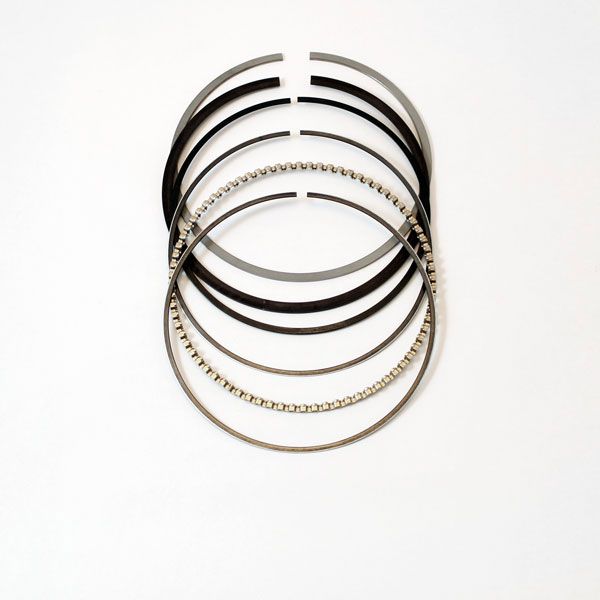
Factors Affecting Piston Performance
Material Quality
The material used in the construction of piston rings significantly impacts their durability and performance. Higher-quality materials can withstand the extreme heat and pressure experienced during engine operation.
For instance, many modern piston rings are made from various alloys that resist wear and deformation. These advancements in material technology have led to longer-lasting piston rings that contribute to improved engine performance. Investing in high-quality rings can lead to better overall engine longevity.
Engine Conditions
Operating conditions also greatly affect piston ring performance. Factors like engine temperature, oil viscosity, and fuel quality can all impact how well the rings perform their functions. High engine temperatures can lead to thermal expansion, which might affect the sealing capability of the rings.
Inconsistent fuel quality can cause deposits to build up, impacting the fit of the rings within their grooves. These conditions can lead to premature wear or failure, resulting in decreased engine efficiency. Maintaining optimal engine conditions is vital for ensuring that piston rings function properly.
Maintenance Practices
Regular maintenance practices also play a significant role in the performance and longevity of piston rings. Routine checks on oil levels, quality, and viscosity can help prevent excessive wear and damage to the rings. Changing the engine oil at recommended intervals ensures that the oil remains effective for lubrication and heat transfer.
In addition to oil changes, keeping the air filter clean and performing regular engine diagnostics can identify issues before they escalate. Such practices also help maintain cylinder pressure and overall engine health. By taking preventive measures, car owners can extend the life of piston rings and ensure optimal performance in their vehicles.
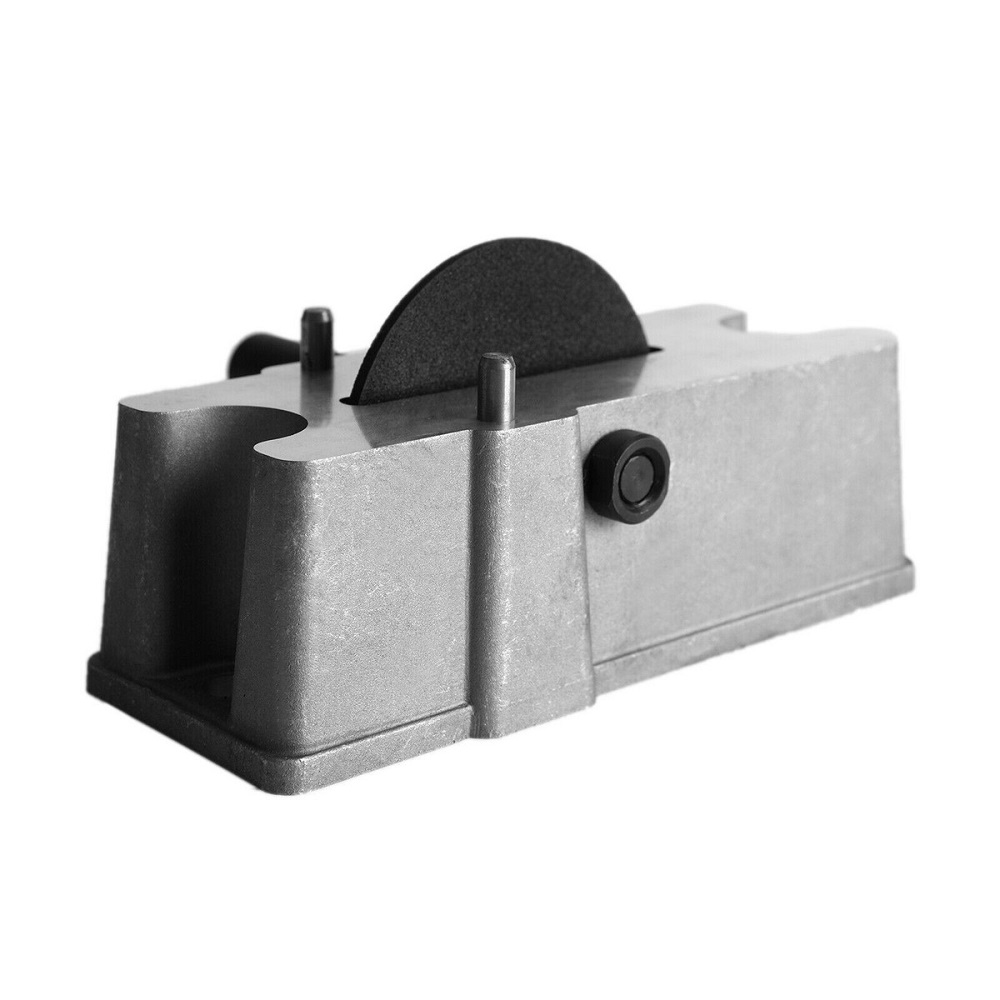
Symptoms of Worn Piston
Loss of Power
One of the first signs of worn piston rings is a noticeable loss of engine power. If the rings are no longer sealing effectively, the combustion chamber cannot maintain pressure. Drivers may experience sluggish acceleration or difficulty maintaining speed as a result.
If you notice a decrease in performance, it’s essential to have your vehicle inspected. Addressing the issue early on can prevent further damage and restore engine efficiency. Maintaining optimal power is crucial for safe and enjoyable driving.
Increased Oil Consumption
Worn piston rings can result in increased oil consumption. If you frequently notice that you need to add oil between changes, this may indicate that the rings are allowing oil to leak into the combustion chamber. This can lead to burning oil, which produces blue smoke from the exhaust.
Monitoring oil levels and consumption rates can provide valuable insights into the health of your piston rings. If excessive consumption is observed, a thorough inspection of the engine is necessary to identify the source of the problem.
Oil Pressure Drop
Another symptom of damaged piston rings is a drop in oil pressure. Improper sealing can lead to oil bypassing the rings, which affects the lubrication system. Drivers may notice a decrease in oil pressure readings on the dashboard gauge.
Low oil pressure can lead to insufficient lubrication for vital engine components, increasing the risk of damage. If you suspect piston ring issues due to oil pressure drops, seek professional assistance for diagnosis and repairs. Addressing this issue quickly is essential for maintaining engine health.
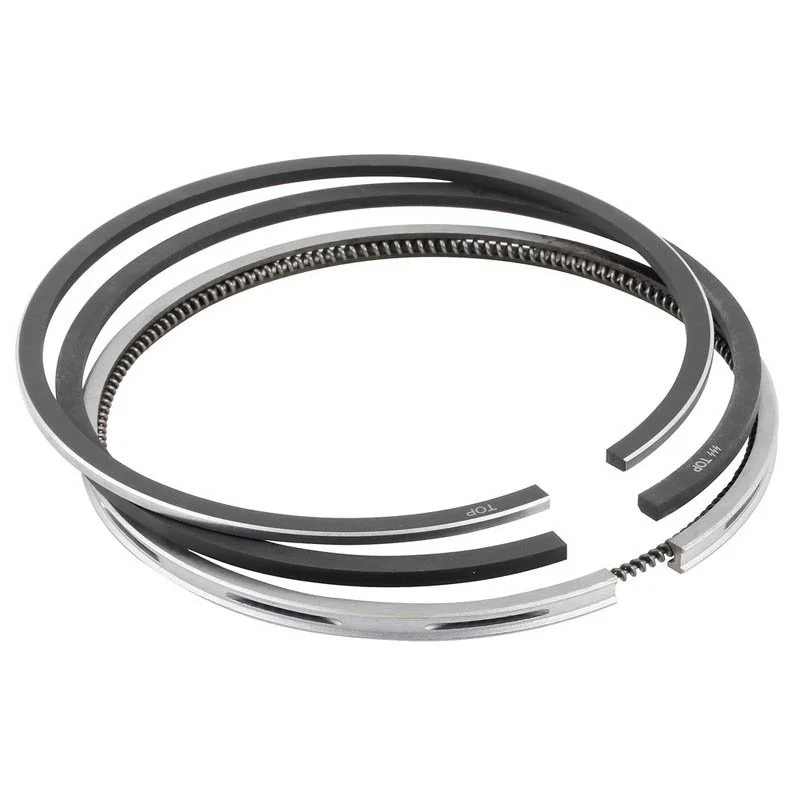
Replacing Piston Rings
Understanding the Process
If piston rings are damaged or worn out, they will need to be replaced. Replacing piston rings is a complex task that usually requires disassembling the engine. This process involves removing the engine head, pulling the piston out of the cylinder, and replacing the rings.
It is advisable to consult a professional mechanic for this task. Attempting to replace piston rings without proper training and tools can lead to further damage. Ensuring that the job is done correctly is vital for restoring engine performance.
Signs That Replacement Is Necessary
If your mechanic identifies worn piston rings during an inspection, they may recommend replacement. Symptoms such as excessive oil consumption and visible smoke from the exhaust typically indicate that the rings are beyond repair. Ignoring these signs can lead to more significant engine problems, including catastrophic failure.
Regular engine diagnostics can help identify issues early, allowing for timely replacements and repairs. Understanding the importance of maintaining your vehicle can result in early intervention and ultimately prolong the life of the engine.
FAQ:
1. What is a piston ring, and what is its function?
Answer: A piston ring is a metallic ring that fits into a groove on a piston in an internal combustion engine. Its primary functions include:
- Sealing the Combustion Chamber: Piston rings help maintain a tight seal between the piston and the cylinder wall, preventing combustion gases from escaping into the crankcase.
- Controlling Oil Consumption: They regulate the flow of engine oil between the piston and cylinder walls, ensuring that the right amount of lubrication is present while minimizing oil consumption.
- Heat Transfer: Piston rings also assist in transferring heat from the piston to the cylinder wall, helping to maintain optimal engine temperatures.
2. How many piston rings are on each piston?
Answer: Each piston typically has at least three rings:
- Compression Rings: The top ring (usually one or two) prevents combustion gases from escaping and helps maintain compression in the cylinder.
- Oil Control Ring: The bottom ring serves to control the amount of oil that reaches the combustion chamber, preventing excessive oil consumption and preventing oil from burning during combustion.
3. What are the signs of worn or damaged piston rings?
Answer: Symptoms of worn or damaged piston rings may include:
- Increased Oil Consumption: An abnormal increase in oil usage may indicate oil is being burned in the combustion chamber due to worn rings.
- Blue Smoke from Exhaust: Burning oil can result in blue smoke from the exhaust, especially during acceleration or when the engine is under load.
- Loss of Power and Compression: A reduction in engine power and an increase in engine noise can signify loss of compression due to failing piston rings.
- Poor Acceleration: Difficulty in accelerating or reduced engine responsiveness may also be a result of worn rings affecting engine performance.
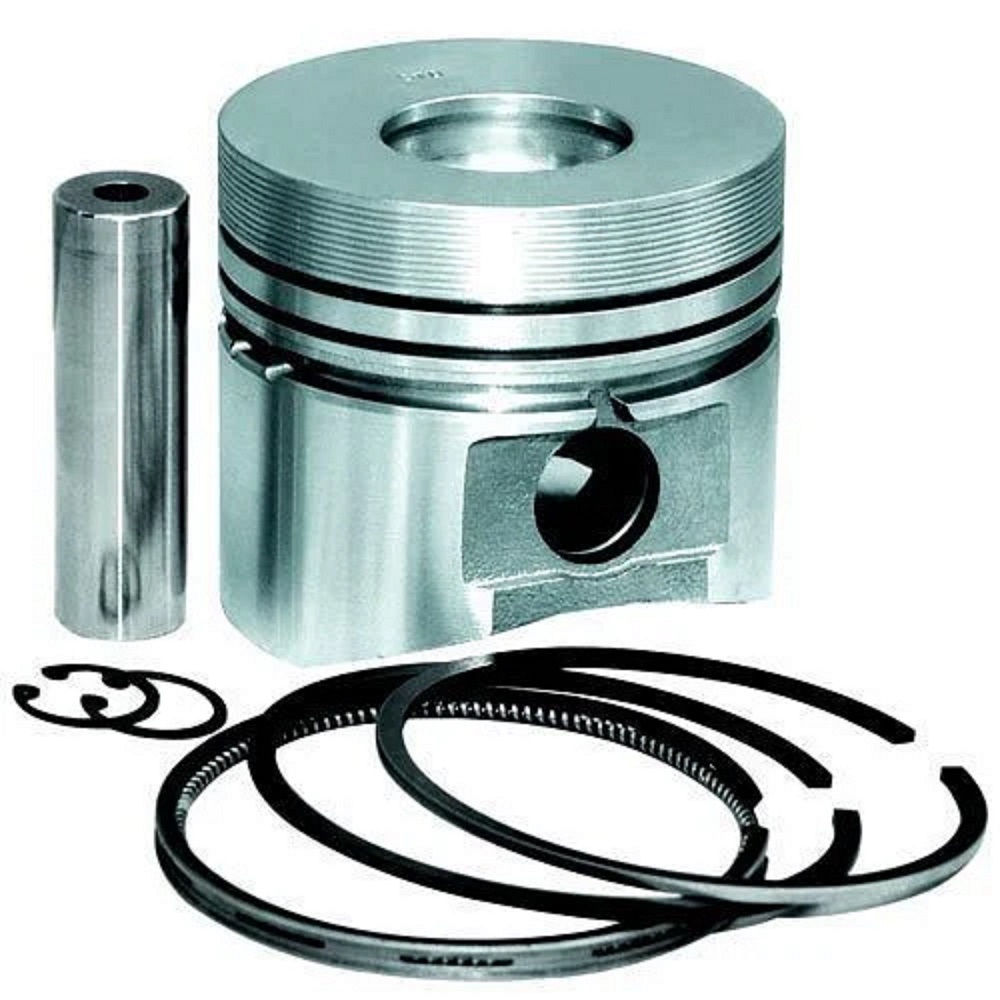
4. How can I prevent piston ring wear?
Answer: To prevent piston ring wear and extend their life:
- Regular Oil Changes: Use high-quality engine oil and follow the recommended oil change intervals to maintain proper lubrication.
- Avoid Overheating: Ensure the engine cooling system is functioning properly to avoid overheating, which can damage piston rings and other engine components.
- Use the Right Fuel: Ensure you are using the correct fuel type for your engine, as recommended by the manufacturer, to avoid combustion-related issues.
- Perform Routine Maintenance: Regular inspections and servicing of the engine can help identify wear issues early on, allowing for timely repairs.
5. Can I replace piston rings without removing the engine?
Answer: While it may be possible to replace piston rings without removing the engine in some cases, it typically involves significant labor and may not be practical for all vehicles. The most common practices include:
- Engine Removal: For most thorough replacements, removing the engine from the vehicle is standard, as it allows for easier access to the pistons and cylinder walls.
- Engine Top End Work: In some situations, a mechanic may find it feasible to perform an overhaul only on the top end of the engine (cylinder head and pistons) while it remains in the vehicle. However, this approach can be complicated and may still require the mechanic to disassemble several components.
- Professional Assessment: It’s advisable to consult with a professional mechanic to determine the best approach for replacing piston rings based on the specific engine design and condition.
Conclusion
Piston rings are an essential component of an internal combustion engine, playing a critical role in its performance and longevity. They help maintain pressure, control oil consumption, and facilitate heat transfer. Understanding how piston ring function and their importance can help car owners ensure their vehicles remain in peak condition.
When considering the impact of material quality, operating conditions, and maintenance practices, it becomes clear that regular monitoring is essential for preserving the integrity of piston ring. You should never ignore symptoms of wear, such as loss of power and increased oil consumption.
If you suspect piston ring issues, do not hesitate to seek professional help. Replacing worn or damaged rings can prevent further engine problems. By prioritizing the maintenance of your vehicle, you can ensure that it remains reliable and efficient for years to come.
In summary, maintaining healthy piston ring and understanding the signs of worn or damaged piston rings can make a significant difference in your vehicle’s overall performance. In today’s fast-paced world, reliable transportation is essential, and keeping your engine in optimal condition should be a top priority. By recognizing these warning signs early and addressing issues proactively, you can ensure your vehicle’s longevity and dependable performance for years to come.
Leave a Reply